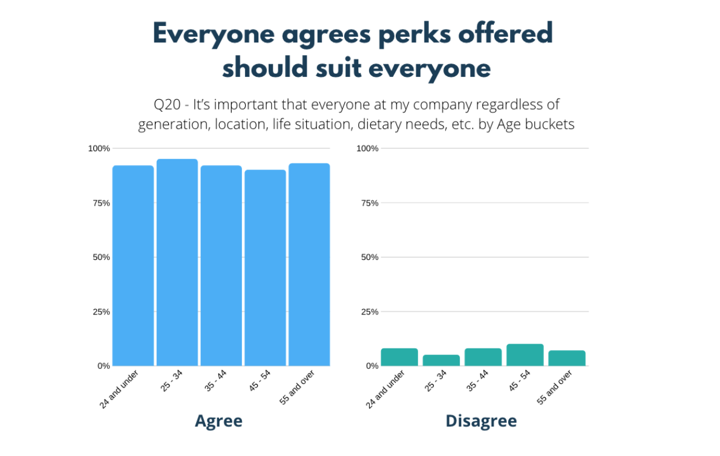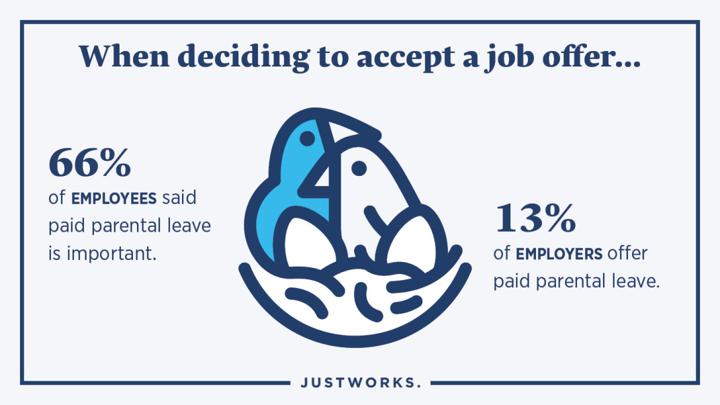[Last updated 12/29/2020]
We're living in the largest shift in "how we work" in our generation. Perks that worked before COVID are now a thing of the past. Employees need more support from their organizations to help them shift their families, communities, and lives to the new normal. Meanwhile, employers are feeling the pressure to deliver on an employee experience that know their employees deserve.
Ready to increase your employee’s fulfillment at work? Read the Ultimate Guide to Personalized Employee Perks and start offering meaningful perks that your employees want and need.
Are your perks not accomplishing their goals anymore? It could be time for an update. Receive a free program perks assessment with one of our perks specialist.
These are some helpful resources to help you find what matters most to employees in 2021:
And here are some resources to understand how perks and benefits can positively impact your business:
The one-size-fits-all benefit solutions that constrain users to a specific vendor are quickly becoming a thing of the past. Not to mention the laborious and manual administrative processes to manage them.
Speak with a Compt team member today to discuss your company's goals and challenges with perks, & to see if stipends can help you achieve greater success.

